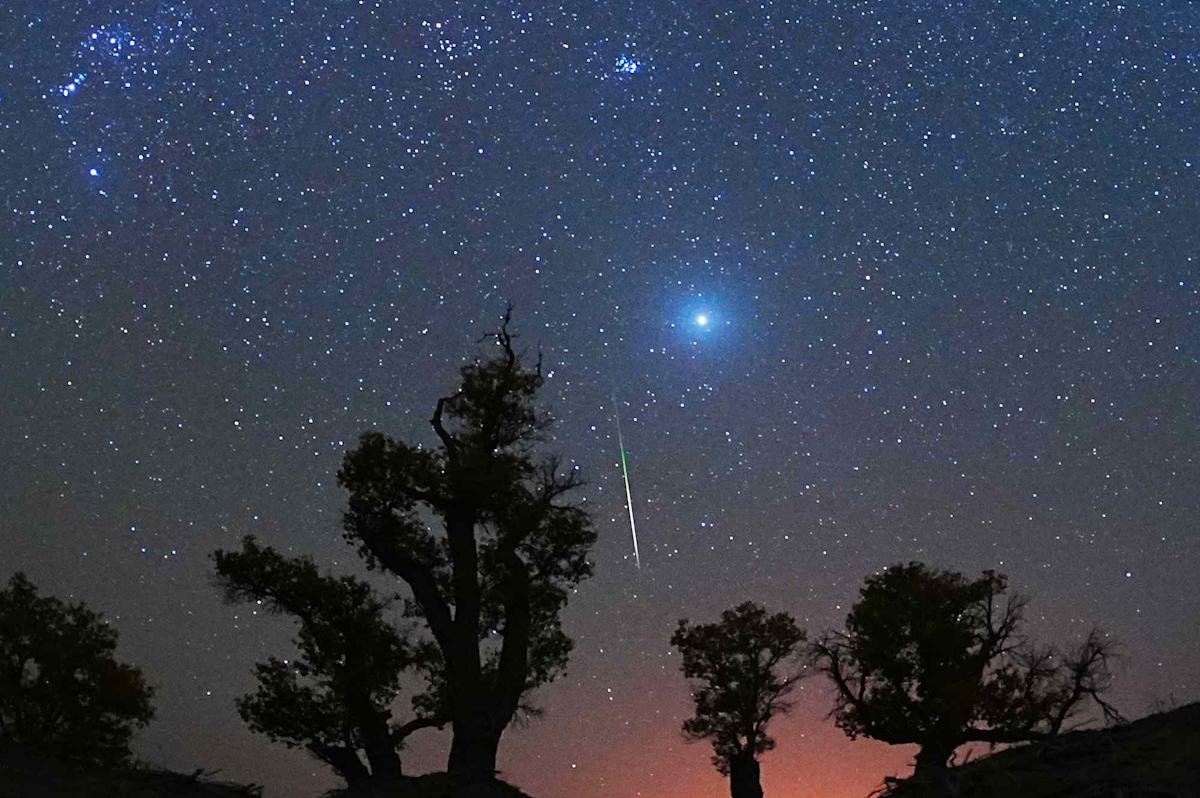Home / Science / Orionid Meteor Shower Dazzles Skies Across the U.S. in Late October 2025
Orionid Meteor Shower Dazzles Skies Across the U.S. in Late October 2025
5 Oct
Summary
- Orionid meteor shower peaks in late October 2025
- Meteors are particularly bright and fast, with long-lasting trails
- Optimal viewing in the Northern Hemisphere due to clear fall skies

As of October 6th, 2025, the highly anticipated Orionid meteor shower has begun, and it is set to reach its peak in the coming weeks. This annual celestial event, caused by Earth's passage through the debris left behind by Halley's Comet, is considered one of the most beautiful meteor showers of the year.
According to NASA, the Orionid meteors are particularly bright and fast, with glowing trails that can last for several seconds to minutes. The shower's radiant, or point of origin, is near the Orion constellation, making it visible across much of the globe. However, the Northern Hemisphere is expected to have the most spectacular displays, thanks to the region's crisp fall air and longer viewing windows.
The peak of the Orionid shower is predicted to occur between October 20th and 21st, 2025, when up to 20 to 30 shooting stars per hour may be visible in ideal dark sky conditions. Viewers in the Northern Hemisphere will have the best vantage points, as the radiant will be higher in the sky and therefore visible for a longer duration.
In addition to the Orionid shower, stargazers may also have the opportunity to spot Comet C/2025 A6 (Lemmon), a rare green comet from outside our galaxy that is expected to make its closest approach to Earth during the same time period. This celestial double feature is a must-see event, as experts say Comet Lemmon won't be visible again until the year 3421.




